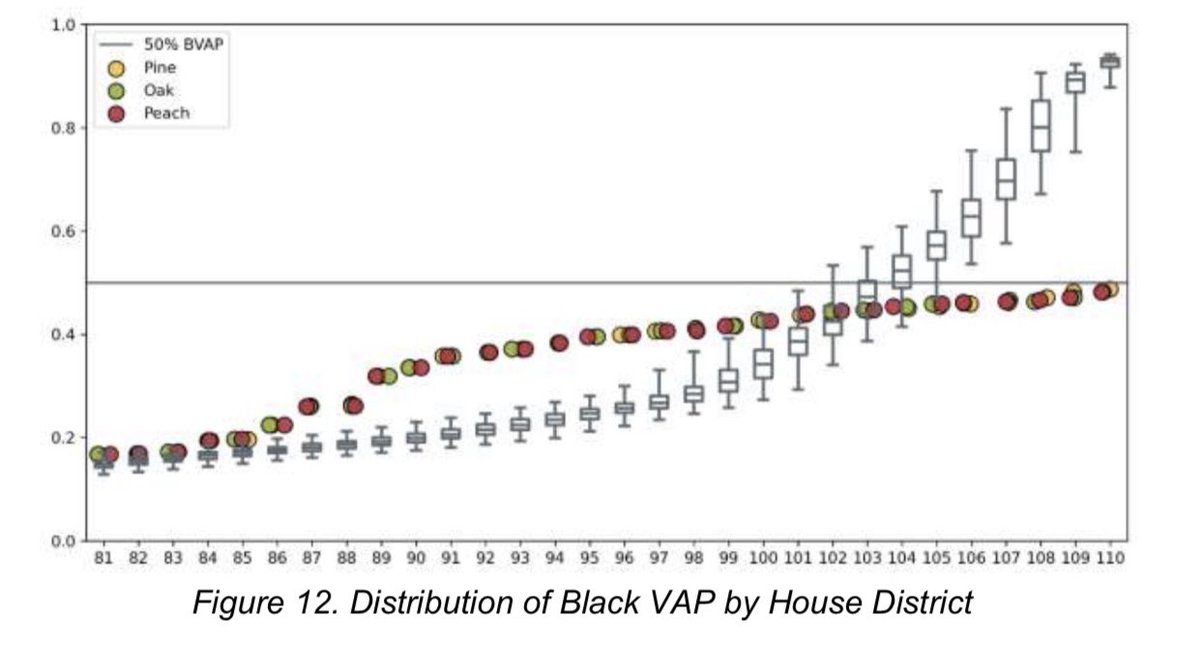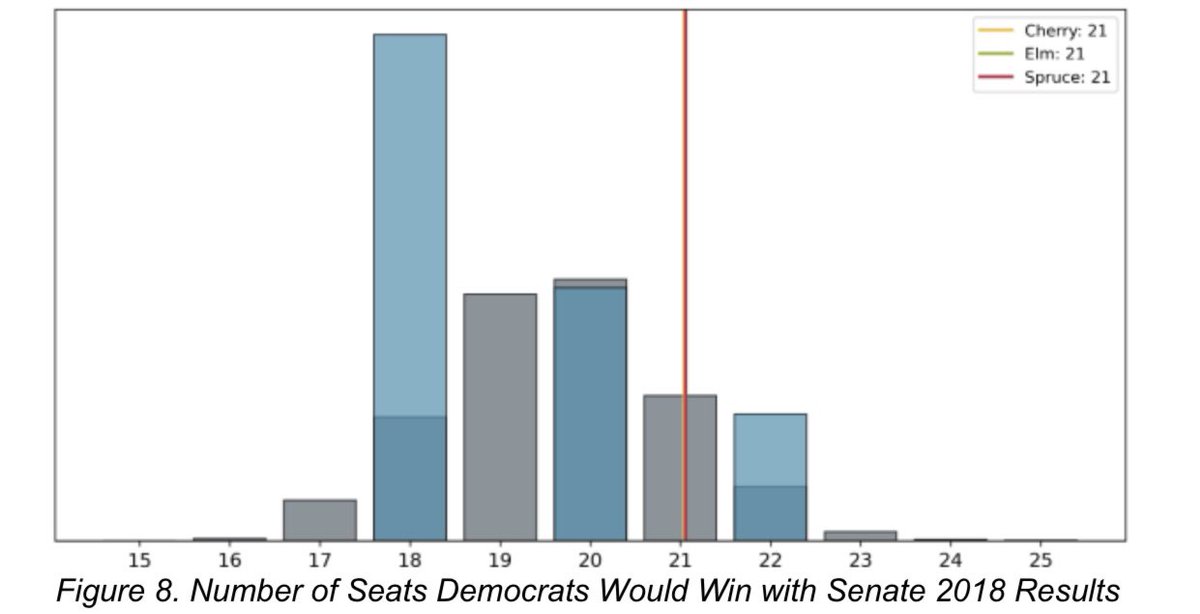
Getting House & all but 1 same-party Senator on board with ~full plausible presidential agenda in 1st year is historically unusual progress. They won over the other key holdout. How did they do it? By rewriting half the bill to meet their (~ridiculous) terms. They can do it again
Pelosi had unmeetable conflicting ~plausible demands & ~managed face saving. But Schumer? He spent a month arguing with the parliamentarian & claiming a quick vote. He didn’t prepare caucus & make the cuts. They miscalculated. They need Manchin & called the wrong bluff
This statement isn’t going to help. But news here is that Manchin made a full final offer this week for 1.75T (presumably of ~permanent programs). White House didn’t accept (it was “missing key priorities”). This suggests he was more specific in private. They can take the deal
https://twitter.com/jakesherman/status/1472613895680544776
None of the following = Manchin is negotiating in bad faith:
1) We don’t like his terms; He’s asking for too much
2) He wants to negotiate in private, rather than publicly lay out all terms
3) He agreed to the topline & didn’t agree with all our sunsets to get there
~Normal stuff
1) We don’t like his terms; He’s asking for too much
2) He wants to negotiate in private, rather than publicly lay out all terms
3) He agreed to the topline & didn’t agree with all our sunsets to get there
~Normal stuff
Statement also clarifies this week’s headlines. Monday Biden/Manchin discussion likely included this offer (perhaps viewed as close to final by Manchin). It likely did not include the child tax credit, leading to pushback. They reject, say postponing. Manchin says he’s done
• • •
Missing some Tweet in this thread? You can try to
force a refresh






